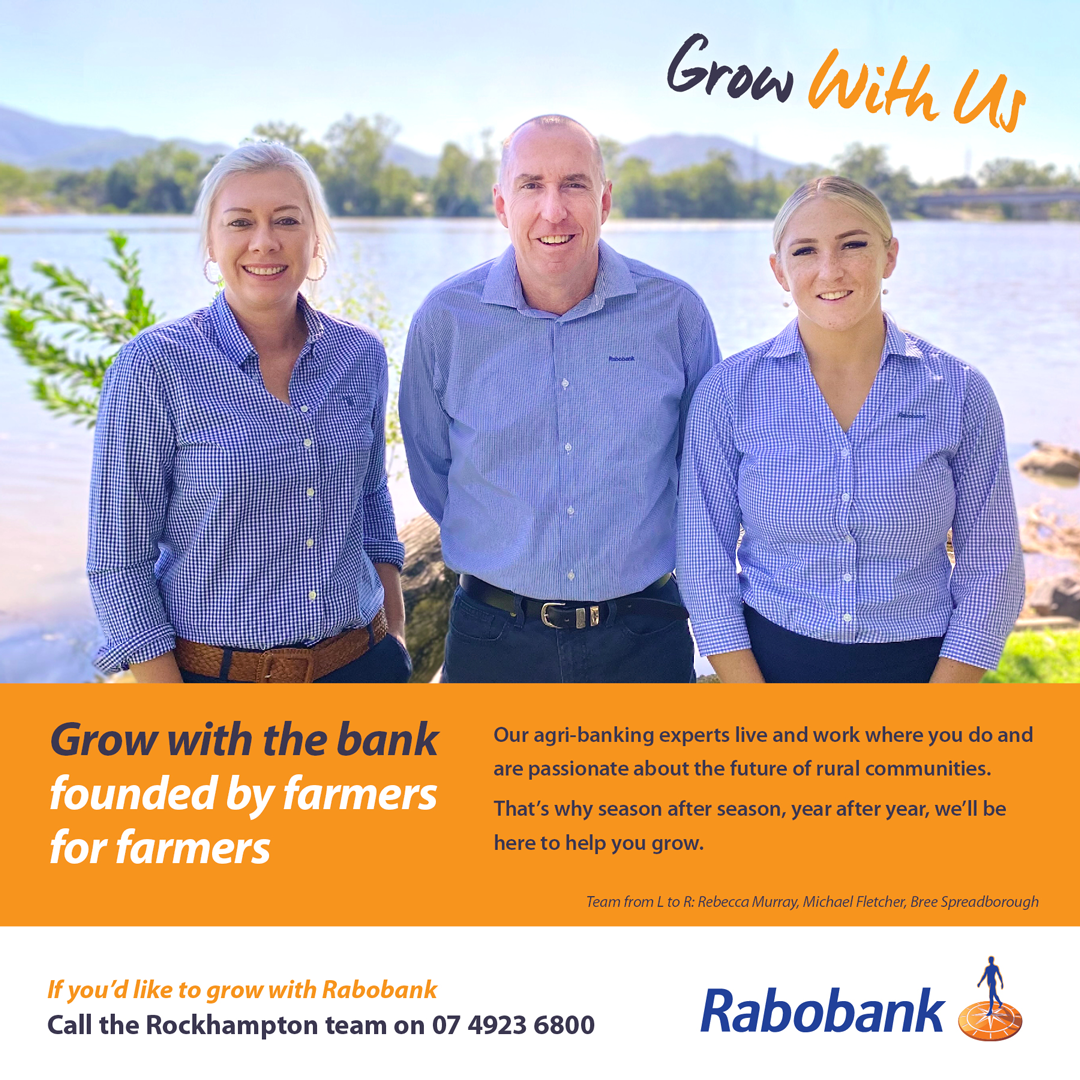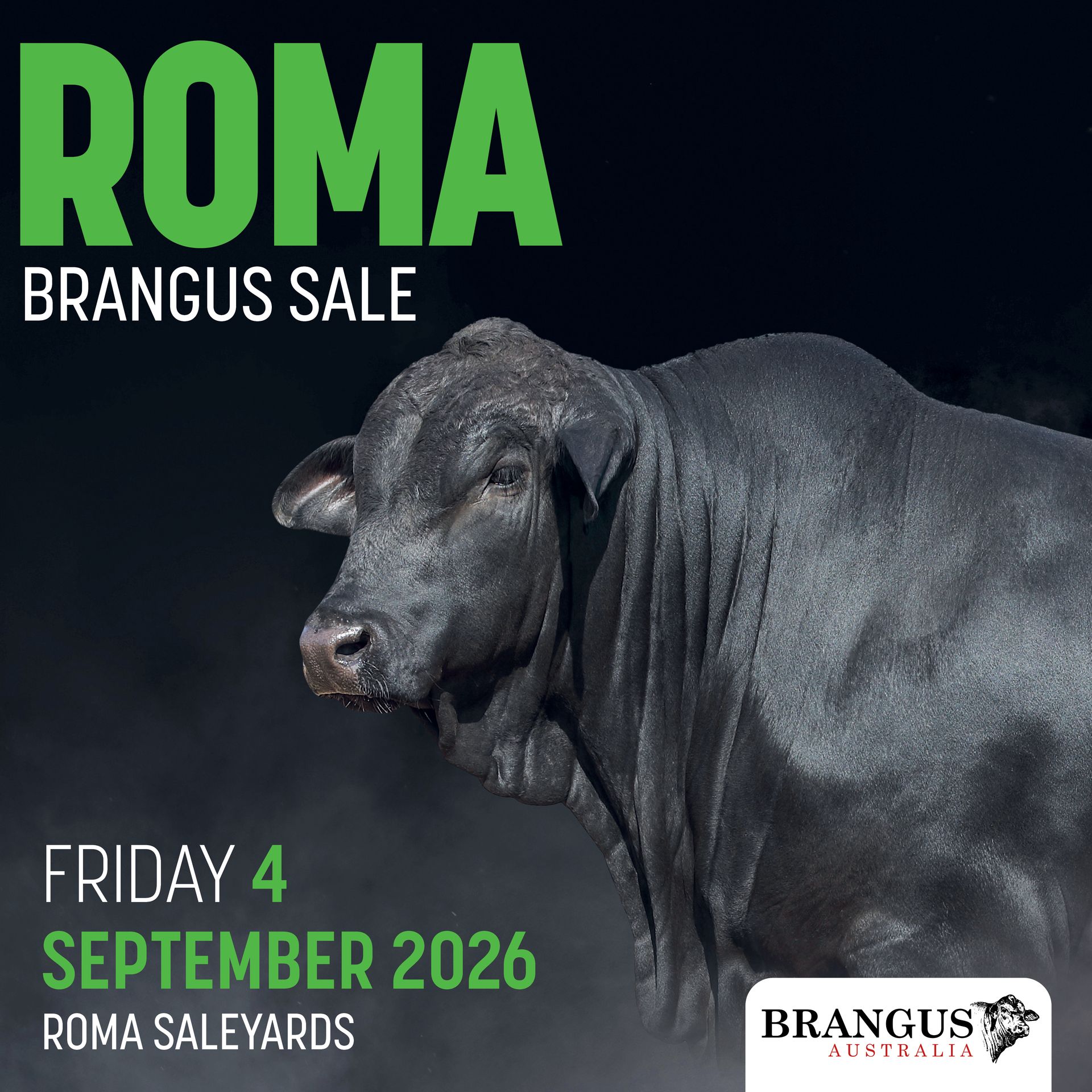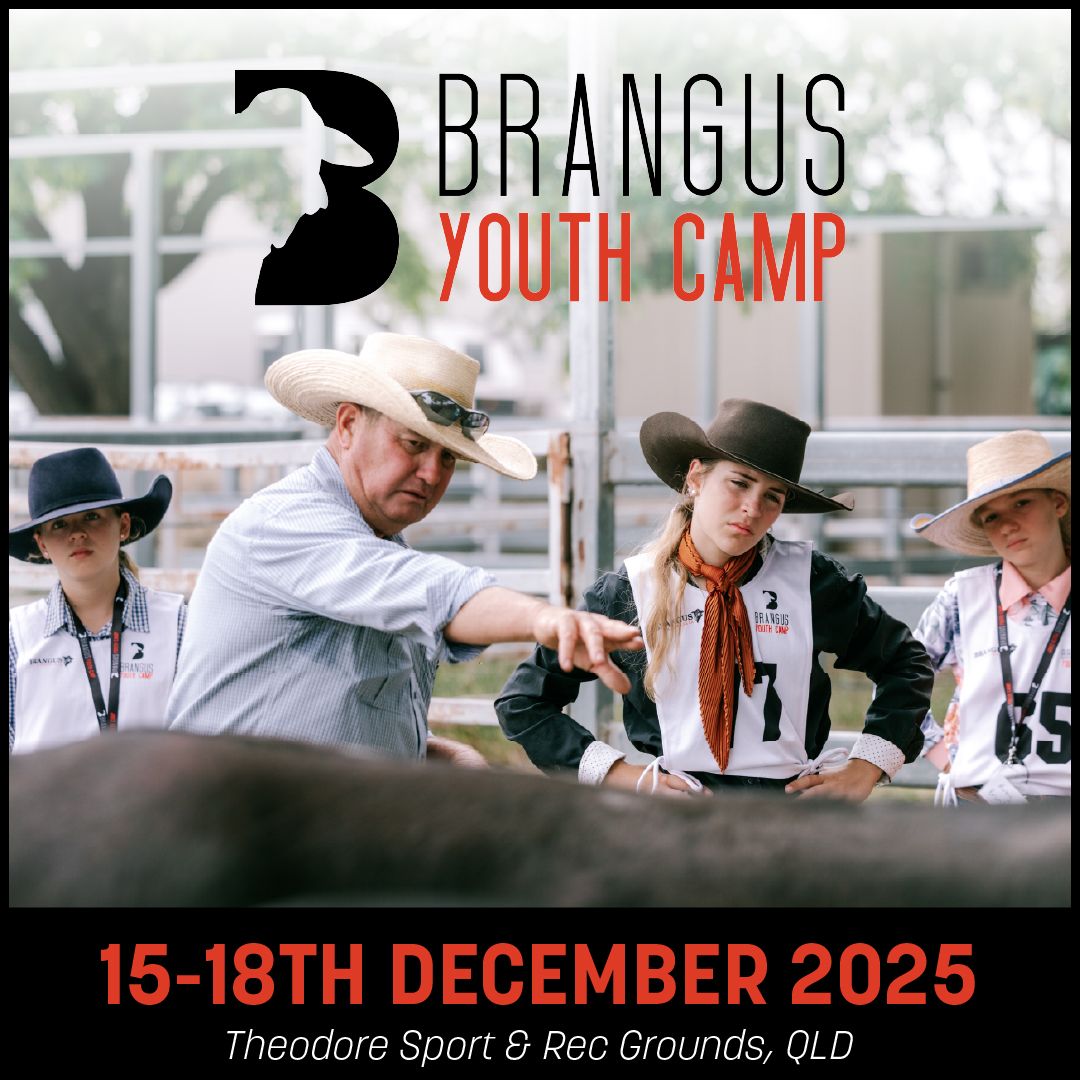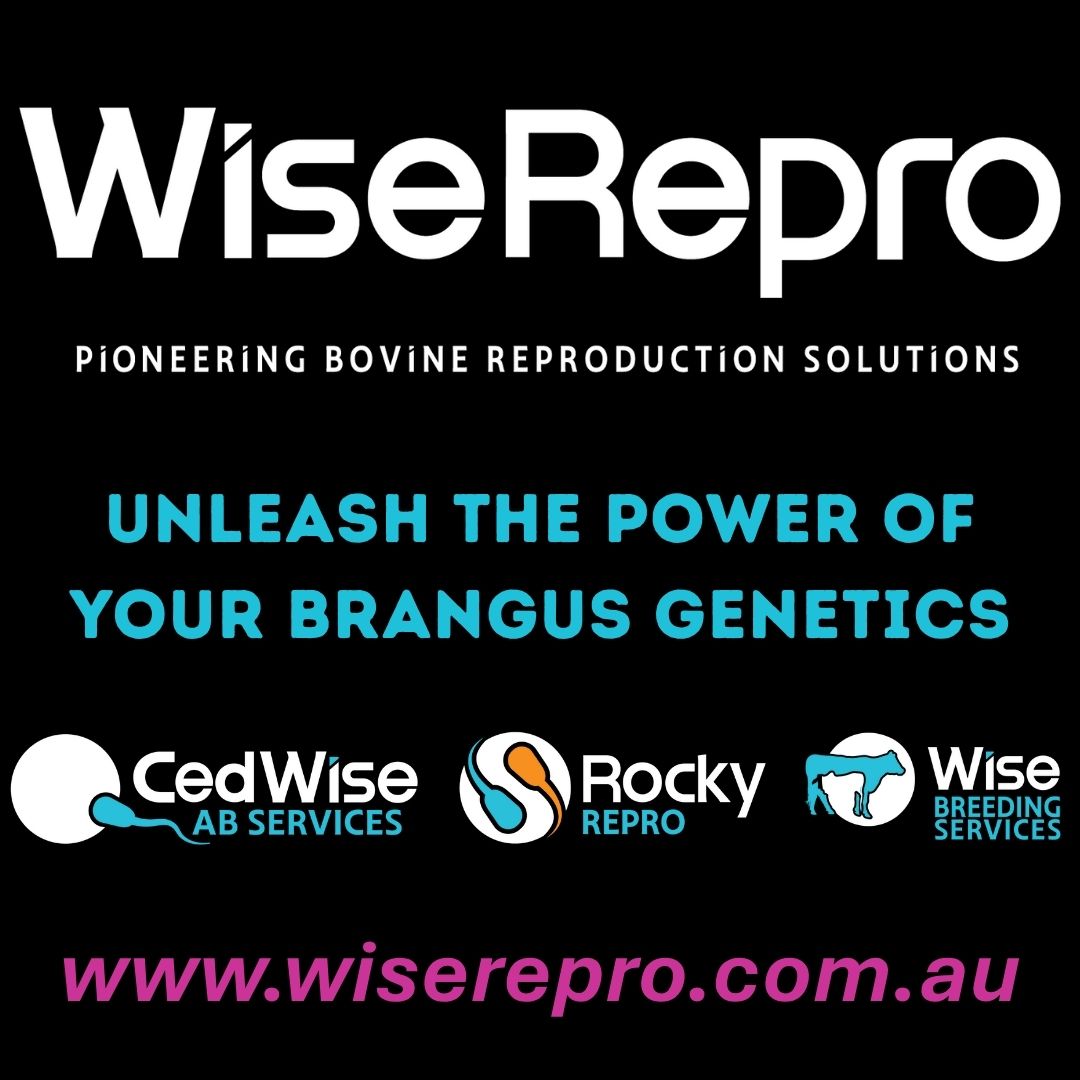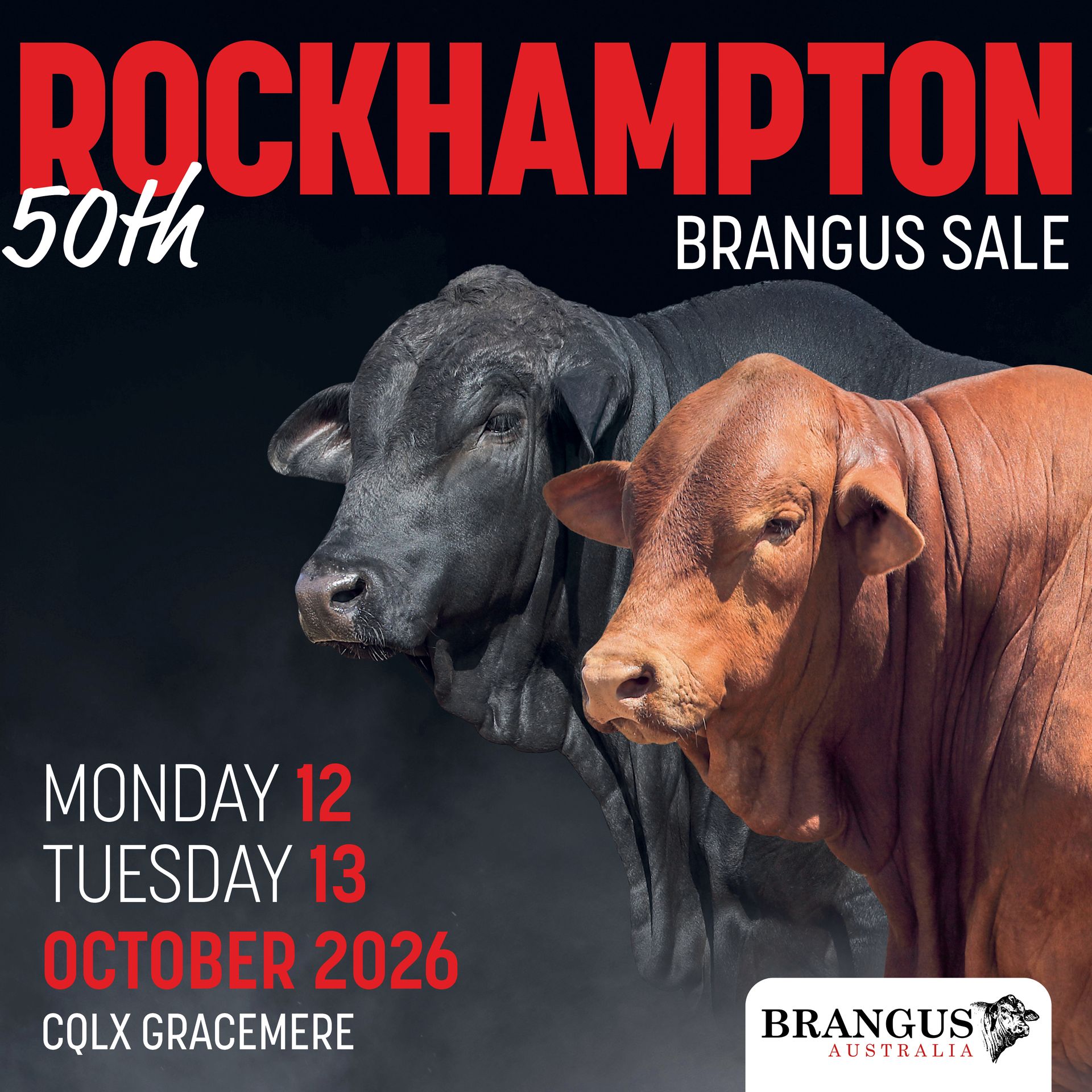TECHNICAL GUIDES
TROPICAL BEEF TECHNOLOGY SERVICES
View current and past editions HERE.
> TBTS PROJECT OVERVIEW
The TBTS project began in August 1997 after it was recognised that the level of BREEDPLAN performance recording in tropical seedstock herds was at a far lower rate compared to their British and European breed counterparts.
Today, the TBTS project is into its sixth phase (2016 to 2021) with the continued support of Meat and Livestock Australia (MLA), the Agricultural Business Research Institute (ABRI) and the seven breed societies listed below. The primary aim of the TBTS project is to provide the Northern Beef Industry with innovative extension services and technical support to maximise understanding and use of the different genetic technologies that are available.
Specifically, the TBTS objectives are:
- Develop and undertake extension initiatives for the Northern Australia seedstock sector based on the availability of genomics tests for fertility in the Brahman breed, the outcomes of the Brahman BIN project and the “Repronomics” project.
- Provide support to Beef Information Nucleus (BIN) projects in Northern Australia. This includes overseeing data collection, formatting and submission to the appropriate breed association and BREEDPLAN to ensure data integrity and quality.
- Provide technical support to assist the implementation of new, and increase the uptake of existing, genetic improvement technologies in Northern Australian seedstock herds and associated breed societies.
- Build capacity in extension and support of genetic improvement technologies, primarily in the use of the BREEDPLAN products in the commercial breeding sector.
- Facilitate structured collaboration with relevant industry bodies on extension initiatives and messages related to genetic improvement technologies.
- Undertake extension activities targeted at commercial producers to increase the knowledge and understanding of BREEDPLAN and related technologies. Existing networks and programs will be utilised.
For technical advice please contact one of the Technical Officers:
Paul Williams
m. 0427 018 982
paul.williams@abri.une.edu.au
tbts.une.edu.au
Paul Williams is a full time Technical Officer for Tropical Beef Technology Services (TBTS). Paul commenced employment with TBTS in February 2012. Paul was initially based in Armidale for intensive training at ABRI before being relocated to the Rockhampton office at Brahman House in July 2012.
Paul was born and raised on a dairy/ beef property in the upper Brisbane River District in South East QLD. After finishing his studies at Queensland Agricultural College, Paul worked on the family property for 4 years.
Following this, Paul worked for CSIRO as a Technical Officer for 22 years. Originally Paul was based in Brisbane where he worked on a variety of areas including IVF in cattle, transgenics and on Arbovirus vectors.
Between 1996 and 2011, he was based in Rockhampton and worked on a project within the Beef CRC. His main responsibilities involved running and assisting in all aspects of research projects focused on beef production in Northern Australia. This included performing ultrasound scanning on beef cattle for carcase and fertility traits and undertaking artificial breeding programs. He was firstly involved on the Northern Cross breeding Project at ‘Duck ponds’ looking at meat quality in CRC I. His work continued to CRC II and III where he specialised in ovarian and carcase scanning, studying genetic links between meat quality, adaptation and heifer puberty. In CRC III, he continued scanning the cows over six matings to study lifetime reproductive performance.





